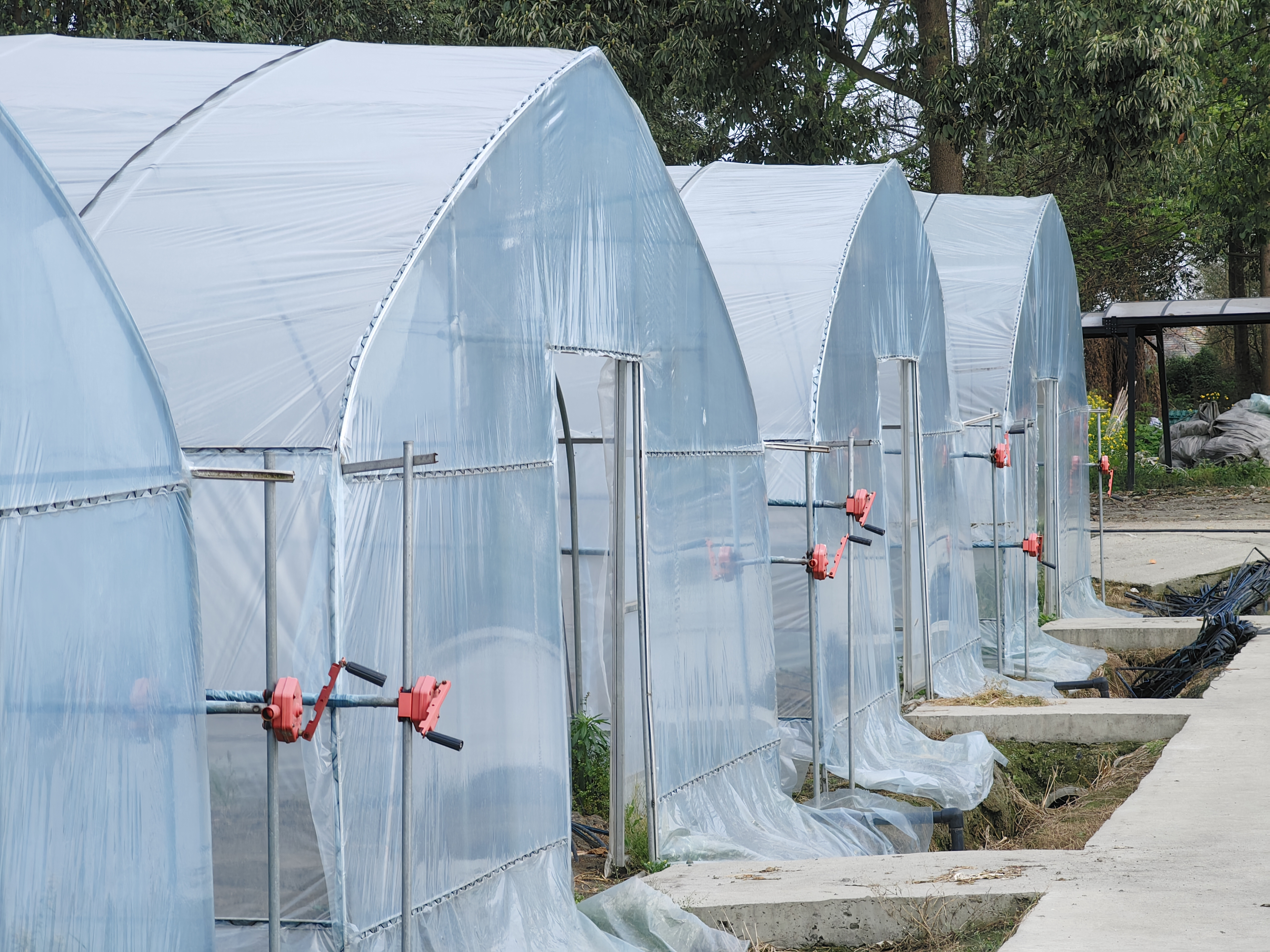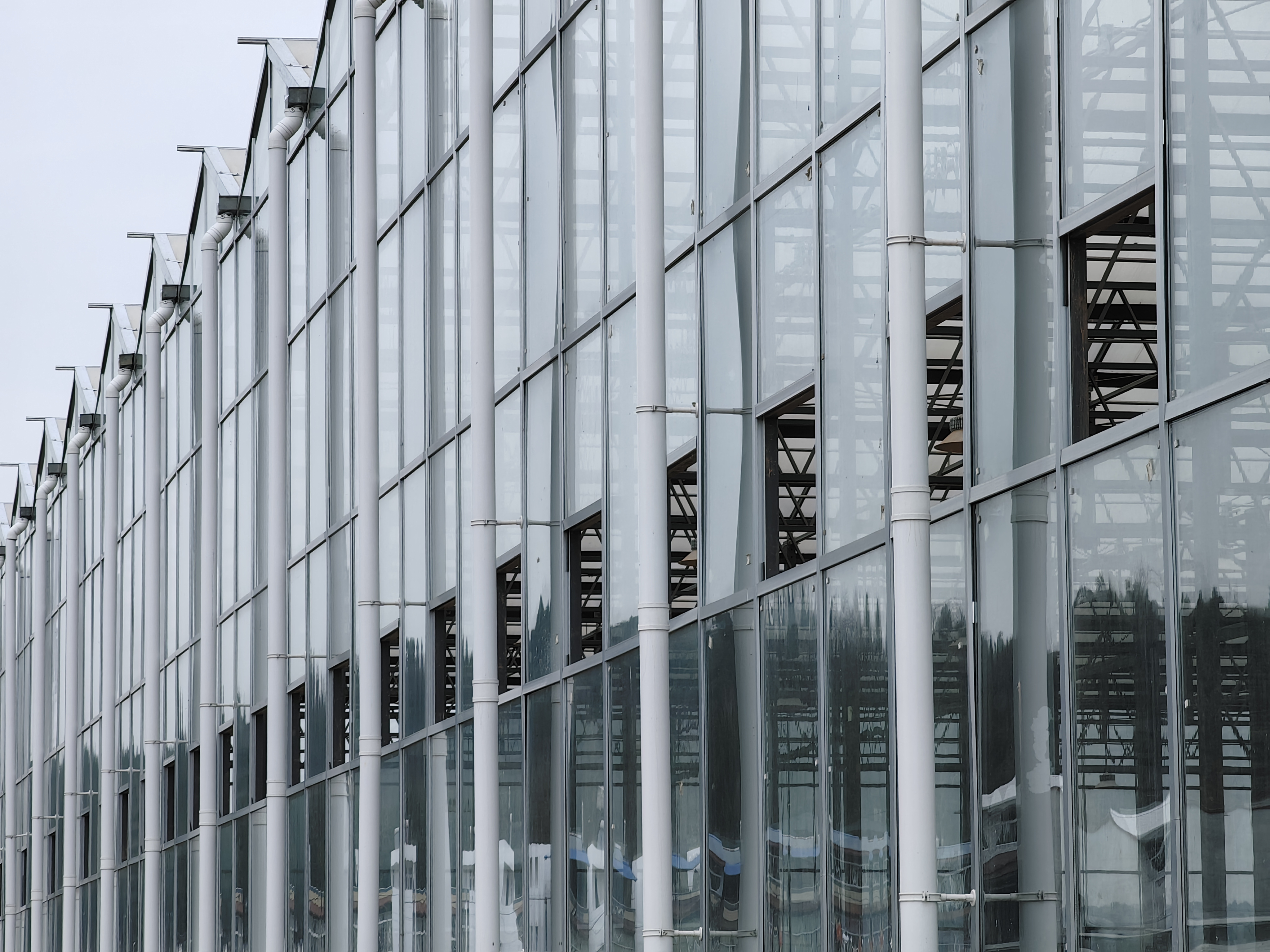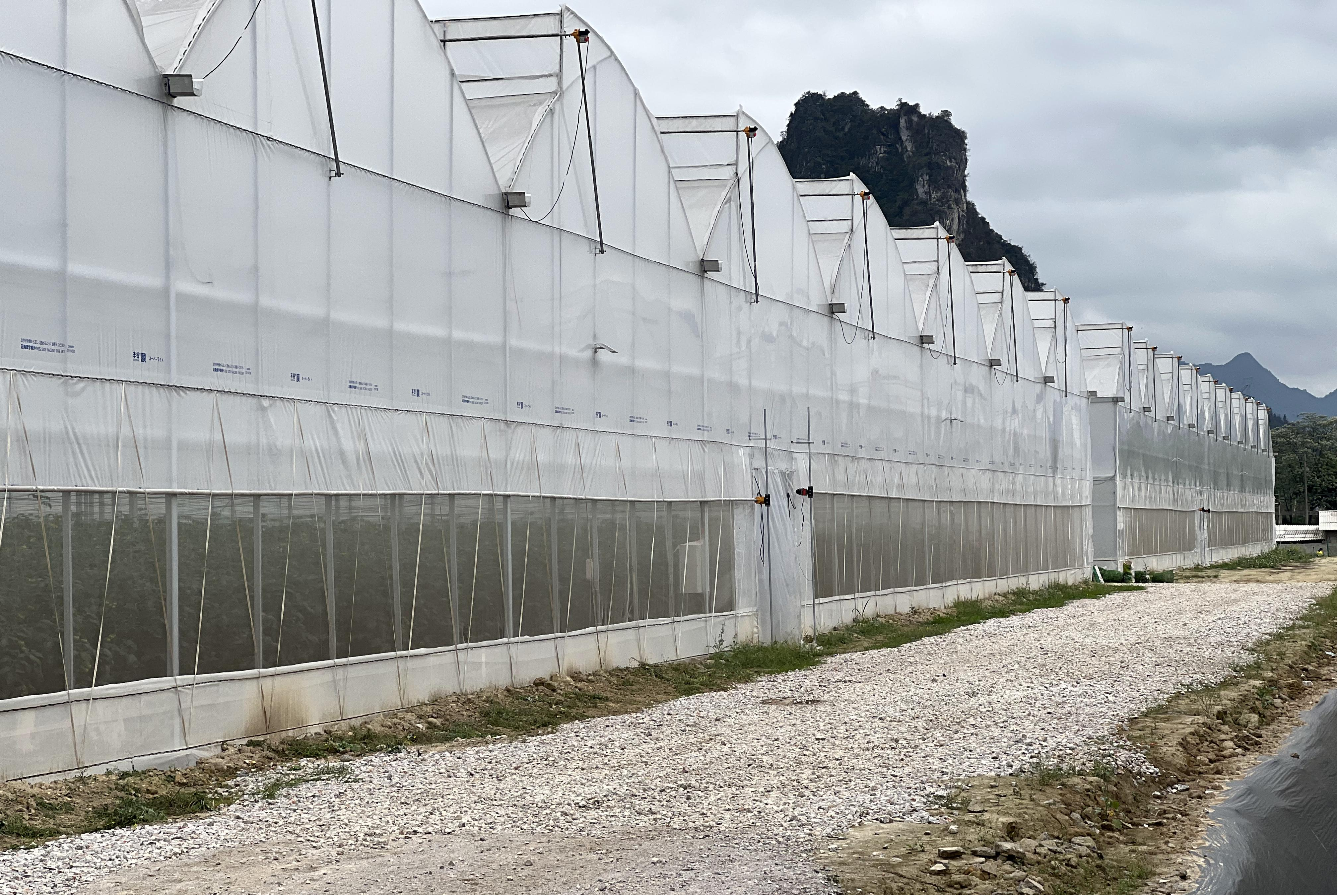Greenhouses provide controlled environments that enable crops to grow regardless of external weather conditions. The shape of a greenhouse significantly influences its functionality and efficiency. Understanding the advantages and disadvantages of various greenhouse shapes can help determine the most suitable option for your agricultural needs.
2. Gothic Arch Greenhouses: Superior Strength and Snow Load Capacity
Gothic arch greenhouses feature a peaked roof design that offers enhanced strength and better snow load capacity, making them ideal for colder climates. The steep roof facilitates efficient water drainage and reduces the risk of snow accumulation. However, the construction costs can be higher compared to simpler designs.
1. Quonset (Hoop) Greenhouses: Cost-Effective and Easy to Build
Quonset greenhouses are arch-shaped structures that are cost-effective and straightforward to construct. Their design allows for excellent sunlight penetration, promoting healthy plant growth. However, they may have limited space for taller plants and might not withstand heavy snow loads as effectively as other designs.

3. Gable (A-Frame) Greenhouses: Traditional Aesthetic with Spacious Interiors
Gable greenhouses have a traditional A-frame structure that provides a spacious interior, allowing for versatile gardening activities. The symmetrical design ensures even distribution of sunlight and efficient ventilation. However, the complexity of construction and higher material costs can be drawbacks.

4. Lean-To Greenhouses: Space-Saving and Energy Efficient
Lean-to greenhouses are attached to an existing structure, such as a house or shed, sharing a wall. This design saves space and can be more energy-efficient due to the shared wall, which helps in temperature regulation. However, the available space may be limited, and the orientation might not be optimal for sunlight exposure.
5. Even-Span Greenhouses: Balanced Design for Uniform Light Distribution
Even-span greenhouses have a symmetrical design with equal roof slopes, ensuring uniform light distribution and efficient ventilation. This balance makes them suitable for various crops. However, the construction can be more complex, and the initial investment may be higher compared to simpler designs.
6. Uneven-Span Greenhouses: Cost-Effective with Practical Design
Uneven-span greenhouses have one sidewall taller than the other, allowing for a higher roof on one side. This design can be more cost-effective and provides additional space for taller plants. However, it may result in uneven light distribution and could complicate ventilation.
7. Ridge and Furrow (Gutter-Connected) Greenhouses: Efficient for Large-Scale Operations
Ridge and furrow greenhouses consist of multiple connected units sharing a common gutter. This design is efficient for large-scale operations, allowing for better management of resources and space. However, the initial investment and maintenance costs can be higher due to the complexity of the structure.

Conclusion
Selecting the most efficient greenhouse shape depends on various factors, including climate conditions, available space, budget, and specific crop requirements. Each design offers unique advantages and potential drawbacks. Assessing these factors carefully will help determine the most suitable greenhouse structure for your agricultural goals.
Welcome to have a further discussion with us.
Email:info@cfgreenhouse.com
Phone:(0086)13980608118
Post time: Mar-30-2025






 Click to Chat
Click to Chat